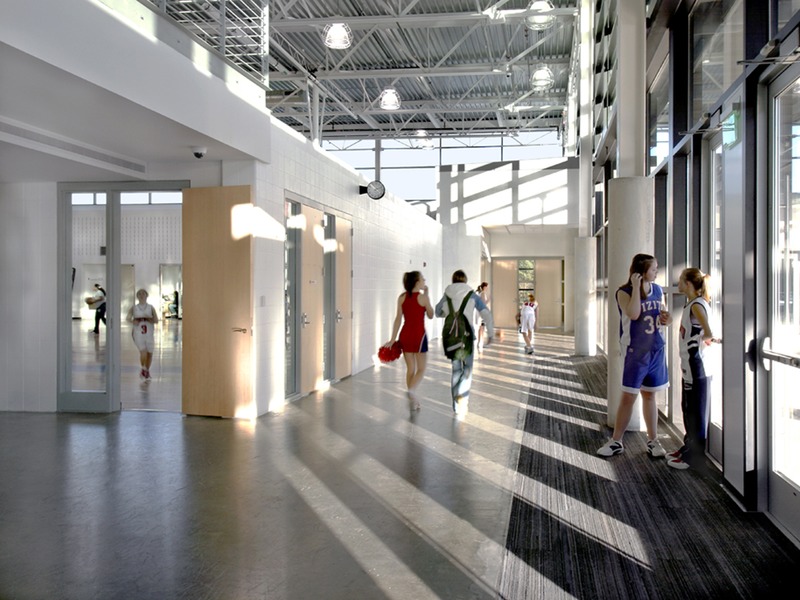Code Green Solutions


Green buildings are designed to optimize IEQ, including lighting.
In January 2013, the USGBC published a report from the Summit on Green Building and Human Health which began to identify the links between green buildings, health, and human rights and urged further research in this emerging area. Less than two years later, the first major effort to explicitly make the case that green buildings play an important role in the realization of international human rights was presented at the 3rd UNITAR-Yale Conference on Environmental Governance and Democracy, held at Yale University from September 5-7, 2014.
The white paper argues that green buildings are a natural fit within the grand scheme of protecting human rights. The global expansion of environmental rights has solidified the idea that humans have a right to a healthy environment. While in practice these rights have focused primarily on the quality of the natural environment, these provisions could be interpreted as also pertaining to the built environment as well. In fact, an examination of cases, constitutions, and laws from around the world demonstrates the close relationship that exists between environmental rights and international human rights to health and housing.
These three important human rights are all implicated when indoor environmental quality (IEQ) is at issue. Where there is poor IEQ housing conditions may be considered inadequate and there are likely to be negative health impacts. Thus, insufficient IEQ constitutes a violation of all three kinds of human rights.
But green buildings are specifically designed to optimize IEQ and perform better than conventional buildings in this area. LEED in particular places significant emphasis on IEQ, with credits and mandatory pre-requisites devised to address one or more attributes of IEQ: indoor air quality, temperature, humidity, ventilation, lighting, acoustics, and ergonomic design/safety. Thus, LEED buildings are designed to directly and positively impact human health through measures created with the explicit purpose of enhancing IEQ. By promoting best practices in IEQ, LEED helps to protect the rights to environment, health, and housing simultaneously.
The white paper concludes by offering four implications of this argument:
The entire white paper can be accessed by clicking here.